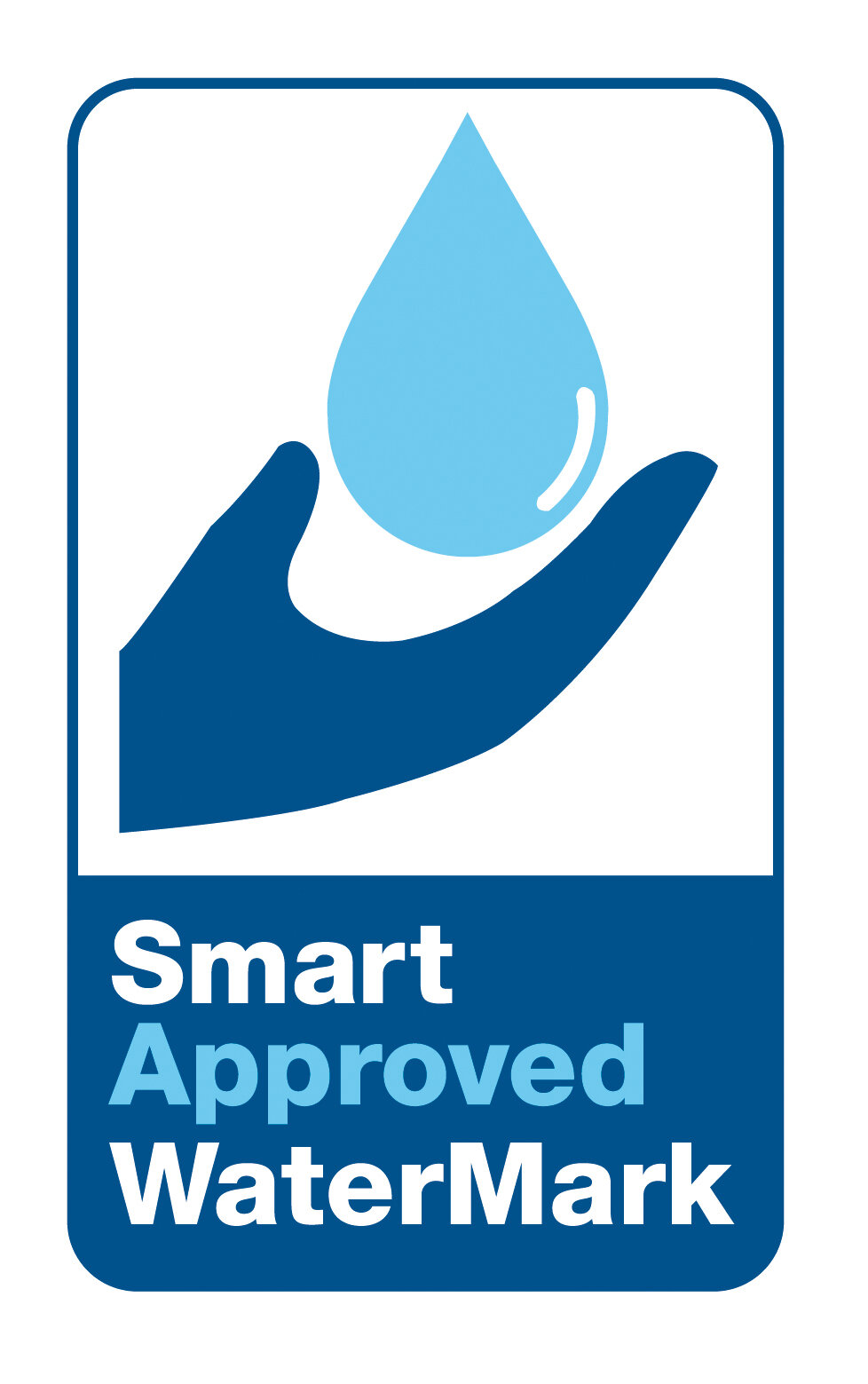While the U.S. Drought Monitor (USDM) currently reports improved water conditions nationwide, it's important to remember that nearly every state faced serious to severe drought conditions just a few months ago.
This shift from widespread drought to improved water conditions is a beacon of hope for those of us advocating for enhanced water efficiency. It has heightened public awareness of water scarcity, shortages, and the urgent need for more efficient water use.
However, it has also led to some confusion, particularly regarding some of the different terms used to discuss water efficiency. Four of these terms are often referred to as the "4Rs." While there is some overlap among these terms, they have distinct differences. Below, we clarify these terms and highlight their key differences:
Reclaimed Water
Treated to meet specific water quality standards for beneficial but non-potable purposes like irrigation and industrial processes.
Undergoes extensive treatment to remove contaminants.
Reused Water
Primarily domestic water used more than once before final disposal.
It can include both treated and untreated water.
May involve direct or indirect reuse applications.
Generally, it has less stringent treatment requirements compared to reclaimed water.
Reconditioned Water
Treated to restore its original quality.
Reconditioned water is potable and can be safely released into waterways without harming marine life or into underground aquifers.
Recycled Water
This is wastewater, stormwater runoff, or greywater that undergoes a multi-step purification process to remove contaminants and impurities.
Often recycled water is used for specific applications such as cooling power plants, in manufacturing, toilet flushing, concrete mixing and processing, and building construction.
A 5th R?
Increasingly, a 5th “R” is being used. This R refers to “redundant.” When used to discuss water efficiency, it refers to using water unnecessarily or where it is no longer needed. A perfect example is in urinals.
As we can see, all the "Rs" have similarities and differences, but they share a common purpose: conserving freshwater resources and using water more efficiently. This shared goal unites us in our efforts to meet today's water needs and ensure a sustainable water future.
-Klaus










